Home>Gardening & Outdoor>Landscaping Ideas>What Causes Dead Circles In Grass
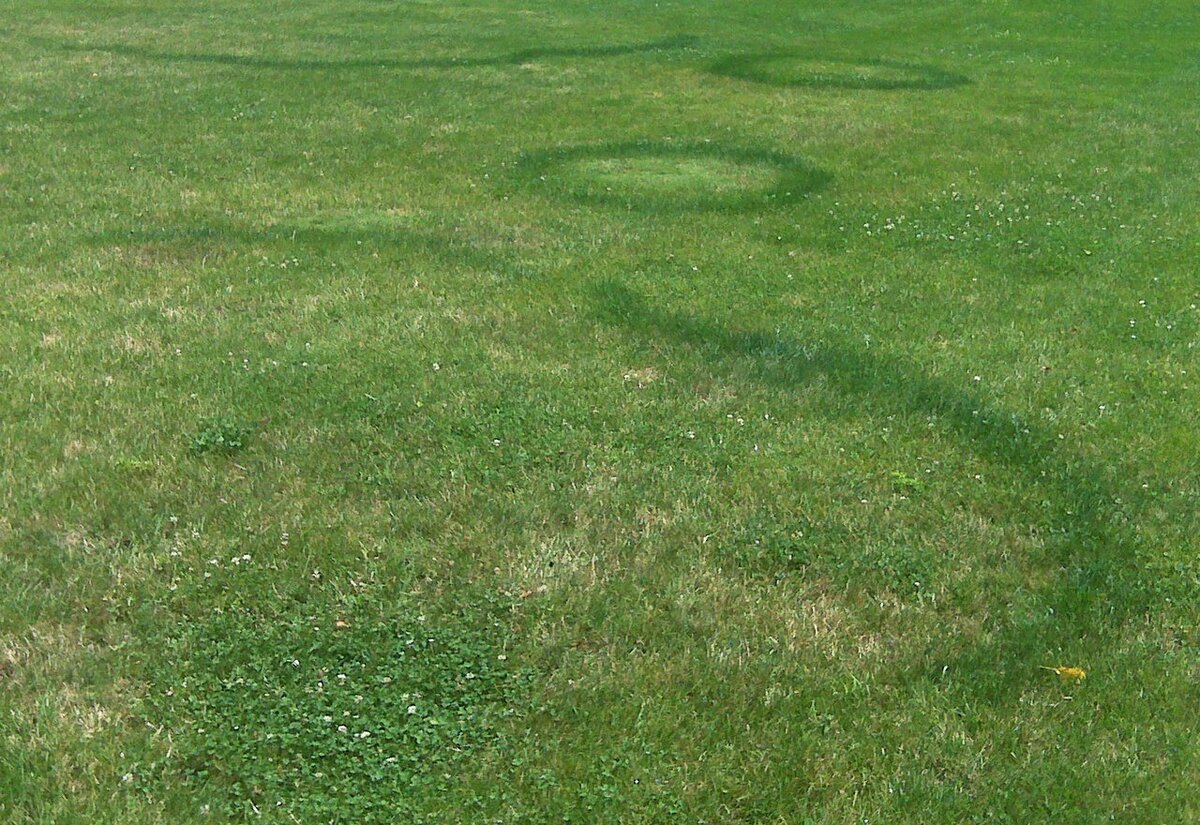

Landscaping Ideas
What Causes Dead Circles In Grass
Modified: October 18, 2024
Learn about the causes of dead circles in grass and get landscaping ideas to prevent and treat this common lawn issue. Improve your lawn's health today!
(Many of the links in this article redirect to a specific reviewed product. Your purchase of these products through affiliate links helps to generate commission for Storables.com, at no extra cost. Learn more)
Introduction
When you envision a lush, green lawn, the last thing you want to see are dead circles marring the expanse of healthy grass. These unsightly patches can be a cause of concern for any homeowner or landscaper. Understanding the potential causes of these dead circles in grass is crucial in maintaining a vibrant and thriving lawn. From overwatering and underwatering to fungal diseases and insect infestations, there are several factors that can contribute to this issue.
In this comprehensive guide, we will delve into the various reasons behind the formation of dead circles in grass, shedding light on the potential culprits that may be sabotaging the health and beauty of your lawn. By gaining insight into these factors, you can take proactive measures to address the root cause of the problem and restore your lawn to its former glory.
So, let's embark on a journey to uncover the mysteries behind these enigmatic dead circles and equip ourselves with the knowledge needed to combat them effectively. Whether you're a seasoned gardener or a novice enthusiast, this exploration will empower you to tackle this common lawn dilemma with confidence and expertise.
Key Takeaways:
- Overwatering and underwatering, fungal diseases, insect infestations, chemical spills, pet urine, and traffic can all cause dead circles in grass. Understanding and addressing these factors is crucial for maintaining a healthy lawn.
- To prevent dead circles in your lawn, establish a balanced watering routine, address fungal diseases and insect infestations, handle chemicals responsibly, dilute pet urine, and alleviate soil compaction caused by traffic. Prioritize good lawn maintenance practices for a vibrant, healthy lawn.
Read more: What Kind Of Rake For Dead Grass
Overwatering
One of the primary culprits behind the formation of dead circles in grass is overwatering. While water is essential for the health of your lawn, excessive irrigation can have detrimental effects. When the soil becomes waterlogged due to overzealous watering or poor drainage, it creates an environment where the roots suffocate and the grass struggles to thrive.
Overwatering can lead to the development of dead circles, often referred to as “fairy rings.” These rings are caused by the proliferation of fungi in the soil, which thrive in excessively moist conditions. As the fungi spread, they deplete the soil of essential nutrients, hindering the grass’s ability to grow and causing circular patches of dead or discolored turf to emerge.
Additionally, overwatering can result in the compaction of the soil, making it harder for oxygen to reach the grassroots. This, in turn, weakens the grass and makes it more susceptible to diseases and pests. The excess moisture also creates an ideal breeding ground for fungal infections, further exacerbating the issue.
To mitigate the effects of overwatering, it’s crucial to establish a balanced watering regimen that aligns with the specific needs of your lawn. This involves taking into account factors such as the grass species, soil type, and prevailing weather conditions. Implementing proper drainage systems, aerating the soil, and adjusting your watering schedule can help prevent the formation of dead circles caused by overwatering.
By maintaining a mindful approach to irrigation and promoting healthy soil conditions, you can safeguard your lawn against the detrimental impact of overwatering, ensuring that vibrant, green grass thrives throughout your outdoor oasis.
Underwatering
While overwatering can pose a significant threat to the health of your lawn, underwatering is equally detrimental and can contribute to the development of dead circles in grass. When the soil becomes parched due to insufficient moisture, the grass’s ability to thrive is compromised, leading to the emergence of dry, lifeless patches.
Underwatering deprives the grass roots of the essential hydration they need to flourish, resulting in weakened and discolored turf. As the dry conditions persist, circular dead spots may appear, signaling the detrimental effects of inadequate watering practices.
In addition to causing visible damage to the grass, underwatering can also make the turf more susceptible to stress from environmental factors such as heat and foot traffic. This can further exacerbate the formation of dead circles, as the grass struggles to recover from the combined impact of insufficient moisture and external stressors.
To address the issue of underwatering and prevent the formation of dead circles in your lawn, it’s essential to establish a consistent and appropriate watering routine. This involves monitoring the moisture levels in the soil, adjusting your watering schedule based on weather conditions, and ensuring that the grass receives an adequate amount of water to support its growth and resilience.
Implementing proper irrigation techniques, such as deep watering to encourage robust root development, and incorporating mulch to retain soil moisture, can also help mitigate the effects of underwatering. By nurturing your lawn with the right amount of hydration, you can safeguard it against the emergence of unsightly dead circles and promote a thriving, verdant landscape that enhances the beauty of your outdoor environment.
Fungal Diseases
Fungal diseases can wreak havoc on the health and appearance of your lawn, often manifesting in the form of dead circles in the grass. These insidious infections can be caused by various types of fungi that thrive in specific environmental conditions, leading to the development of circular patches of discolored or lifeless turf.
One common fungal disease that contributes to the formation of dead circles is known as “brown patch,” characterized by circular areas of brown or tan grass that can range in size from a few inches to several feet in diameter. This unsightly blemish is caused by the Rhizoctonia fungus, which thrives in warm, humid conditions and can quickly spread throughout the lawn, creating a blotchy, diseased appearance.
Another culprit behind the emergence of dead circles is “dollar spot,” a fungal disease caused by the Sclerotinia homeocarpa fungus. This condition results in the formation of small, silver-dollar-sized dead patches in the grass, giving rise to the characteristic circular pattern that detracts from the overall visual appeal of the lawn.
To combat fungal diseases and prevent the formation of dead circles, it’s essential to implement proactive measures to maintain a healthy and resilient lawn. This includes promoting proper air circulation, avoiding excessive thatch buildup, and refraining from over-fertilization, which can create an environment conducive to fungal growth.
Additionally, practicing good lawn maintenance, such as mowing at the appropriate height and ensuring adequate soil drainage, can help mitigate the risk of fungal diseases. In cases where fungal infections have already taken hold, targeted treatments such as fungicidal applications may be necessary to curtail the spread of the disease and facilitate the recovery of the affected areas.
By remaining vigilant and proactive in addressing the threat of fungal diseases, you can safeguard your lawn against the formation of dead circles, ensuring that it remains vibrant, healthy, and free from the unsightly effects of these pervasive infections.
Insect Infestations
In addition to environmental factors and fungal diseases, insect infestations can also contribute to the formation of dead circles in grass, posing a significant threat to the health and vitality of your lawn. Certain insects, such as grubs, chinch bugs, and sod webworms, can wreak havoc on the grass, causing circular patches of damage as they feed on the roots and foliage.
Grubs, the larvae of various beetle species, are notorious for their destructive impact on lawns. As they feed on the grassroots, they can cause significant damage, leading to the emergence of dead circles that gradually expand as the infestation progresses. The presence of grubs can be identified by the browning and wilting of the grass, often in a circular or irregular pattern.
Chinch bugs, another common pest, can inflict damage on the grass by sucking the sap from the blades, resulting in yellowing and eventual death of the turf. This can manifest as circular patches of dead or dying grass, creating unsightly blemishes that detract from the overall aesthetic appeal of the lawn.
Sod webworms, the larvae of lawn moths, are also known to cause circular patches of damage as they feed on the grass blades, leading to thinning and discoloration. Their presence can result in the formation of dead circles that gradually spread if left unchecked.
To mitigate the impact of insect infestations and prevent the formation of dead circles in your lawn, it’s essential to implement effective pest management strategies. This may involve the targeted application of insecticides to eradicate the pests, as well as promoting a healthy lawn environment that is more resilient to infestations.
Encouraging natural predators of these pests, such as birds and beneficial insects, can also help control their populations and minimize the risk of widespread damage. By taking proactive measures to address insect infestations, you can protect your lawn from the unsightly effects of dead circles and promote a thriving, pest-resistant landscape that enhances the beauty of your outdoor space.
Dead circles in grass, also known as fairy rings, can be caused by a variety of factors including fungal activity, nutrient imbalances, or buried organic matter. To prevent them, aerate the soil and maintain proper watering and fertilization.
Read more: What Causes Grass Tetany
Chemical Spills
Chemical spills can have devastating effects on the health and appearance of your lawn, potentially leading to the formation of dead circles in the grass. Accidental spills of substances such as gasoline, oil, pesticides, or harsh cleaning agents can introduce toxic compounds into the soil, causing localized damage that manifests as circular patches of dead or discolored turf.
When chemicals are inadvertently introduced to the lawn environment, they can disrupt the delicate balance of the soil and hinder the grass’s ability to thrive. This can result in the emergence of dead circles as the affected areas struggle to recover from the toxic impact of the spill.
In addition to causing visible damage to the grass, chemical spills can also compromise the overall health of the lawn ecosystem, potentially impacting beneficial organisms and microorganisms in the soil. This can further exacerbate the formation of dead circles and hinder the natural regenerative capacity of the turf.
To address the aftermath of a chemical spill and prevent the formation of dead circles in your lawn, it’s crucial to take immediate action to mitigate the impact of the spill. This may involve promptly diluting the affected area with water to disperse the chemicals, removing contaminated soil, and implementing measures to restore the soil’s natural balance.
Furthermore, exercising caution and implementing preventive measures to avoid future chemical spills is essential to safeguarding the health of your lawn. This includes securely storing chemicals, using them in accordance with recommended guidelines, and minimizing the risk of accidental spills through responsible handling and storage practices.
By remaining vigilant and proactive in addressing the threat of chemical spills, you can protect your lawn from the unsightly effects of dead circles and promote a healthy, resilient landscape that enhances the beauty of your outdoor environment.
Pet Urine
While our furry companions bring joy and companionship to our lives, their urine can pose a challenge to the health and appearance of our lawns. Pet urine, particularly that of dogs, contains concentrated nitrogen and salts that can have detrimental effects on the grass, potentially leading to the formation of dead circles in the lawn.
When pets urinate on the grass, the high nitrogen content in the urine can create localized areas of excessive fertilization, known as “urine burn.” This can manifest as circular patches of dead or discolored grass, often surrounded by a ring of lush, dark green turf. The concentrated salts in the urine can further exacerbate the damage, hindering the grass’s ability to recover and regrow in the affected areas.
Repeated instances of pet urination in the same spot can lead to the gradual expansion of dead circles, as the grass struggles to withstand the concentrated nitrogen and salts. This can detract from the overall visual appeal of the lawn, creating unsightly blemishes that compromise its health and vibrancy.
To address the impact of pet urine and prevent the formation of dead circles in your lawn, it’s important to take proactive measures to minimize the effects of urine burn. This may involve diluting the urine with water immediately after it is deposited on the grass, which can help disperse the nitrogen and salts and mitigate their concentrated impact.
Encouraging pets to drink ample water can also help dilute the concentration of their urine, reducing the risk of excessive fertilization and damage to the grass. Additionally, training pets to use specific areas of the lawn for urination or providing designated potty areas can help minimize the impact on the overall lawn health.
By implementing these proactive measures and addressing the challenges posed by pet urine, you can protect your lawn from the formation of dead circles and promote a healthy, resilient landscape that accommodates both your beloved pets and the beauty of your outdoor environment.
Traffic and Compaction
The regular traffic and activity that occur on your lawn, whether from foot traffic, children playing, or vehicles traversing the area, can contribute to the formation of dead circles in the grass. This is often a result of soil compaction, a condition where the soil becomes densely packed, hindering the circulation of air, water, and nutrients to the grassroots.
When the soil becomes compacted due to frequent traffic, it creates an inhospitable environment for the grass roots, impeding their ability to access essential resources for growth and vitality. This can lead to the emergence of circular patches of dead or stressed turf, as the grass struggles to thrive in compacted soil.
In addition to soil compaction, the physical stress and abrasion caused by foot traffic and other activities can also contribute to the development of dead circles. This can manifest as areas of trampled, worn-down grass that gradually give way to patches of discolored or dead turf, detracting from the overall aesthetic appeal of the lawn.
To mitigate the impact of traffic and compaction and prevent the formation of dead circles in your lawn, it’s essential to implement measures to alleviate soil compaction and promote healthy soil structure. This may involve aerating the soil to improve its porosity and reduce compaction, allowing for better air and water penetration to the grassroots.
Strategic lawn maintenance practices, such as overseeding to promote new growth and resilience, can also help revitalize areas affected by traffic and compaction. Additionally, establishing designated pathways or play areas to direct traffic away from sensitive areas of the lawn can help minimize the impact of foot traffic and preserve the health and beauty of the grass.
By addressing the challenges posed by traffic and compaction, you can protect your lawn from the formation of dead circles and promote a resilient, vibrant landscape that withstands the rigors of everyday activity while enhancing the beauty of your outdoor environment.
Conclusion
The presence of dead circles in your lawn can be a cause for concern, but armed with the knowledge of potential culprits, you can take proactive steps to address and prevent this issue. Whether it’s overwatering, underwatering, fungal diseases, insect infestations, chemical spills, pet urine, or the impact of traffic and compaction, understanding the underlying factors is crucial to maintaining a vibrant and healthy lawn.
By adopting a mindful approach to lawn care and implementing targeted strategies to mitigate the effects of these culprits, you can safeguard your lawn against the formation of dead circles and promote a thriving outdoor oasis. From establishing a balanced watering regimen to combatting fungal diseases and managing the impact of pet urine, there are various measures you can take to protect the health and beauty of your lawn.
Furthermore, prioritizing good lawn maintenance practices, such as aerating the soil, overseeding, and promoting healthy soil structure, can help fortify your lawn against the challenges posed by traffic and compaction. By fostering a resilient and vibrant landscape, you can create an outdoor environment that enhances the beauty of your home and provides a welcoming space for relaxation and recreation.
As you embark on the journey of maintaining a healthy and vibrant lawn, remember that each challenge presents an opportunity to cultivate a deeper understanding of your lawn’s unique needs and characteristics. By staying attuned to the signals and needs of your lawn, you can nurture it to reach its full potential, free from the unsightly presence of dead circles and enriched with lush, green vitality.
With a combination of knowledge, care, and proactive measures, you can transform your lawn into a flourishing haven, where the beauty of nature thrives and invites you to revel in the joys of outdoor living.
Frequently Asked Questions about What Causes Dead Circles In Grass
Was this page helpful?
At Storables.com, we guarantee accurate and reliable information. Our content, validated by Expert Board Contributors, is crafted following stringent Editorial Policies. We're committed to providing you with well-researched, expert-backed insights for all your informational needs.
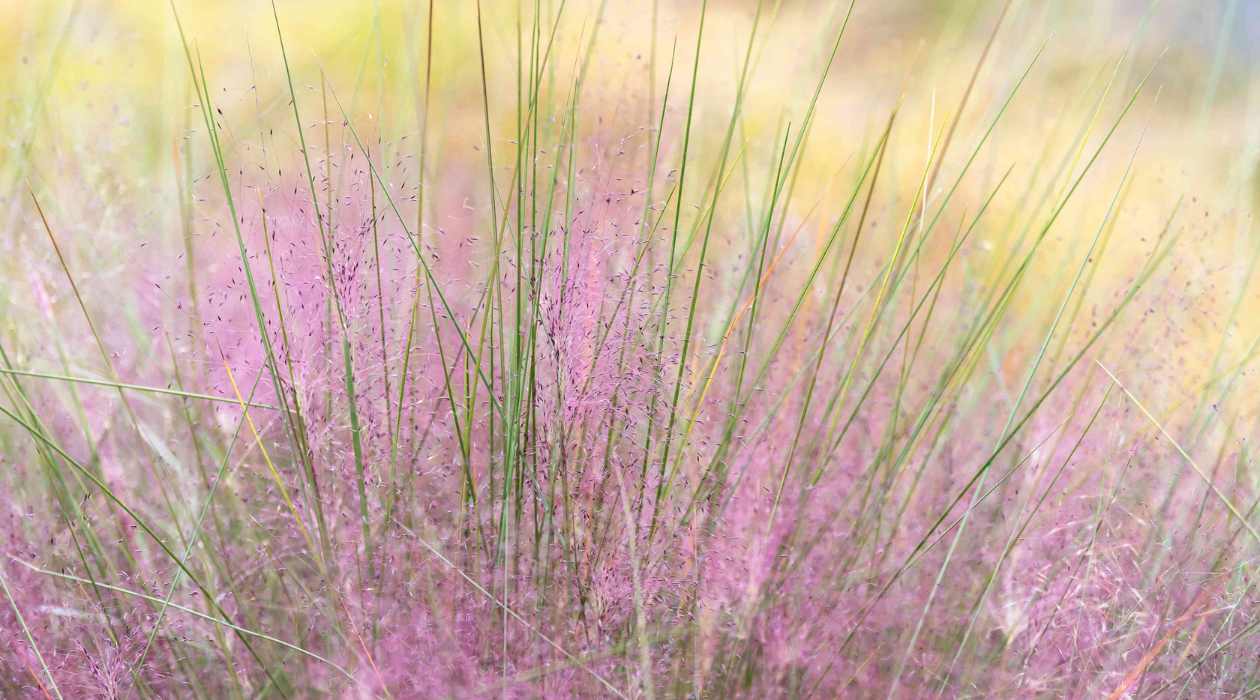
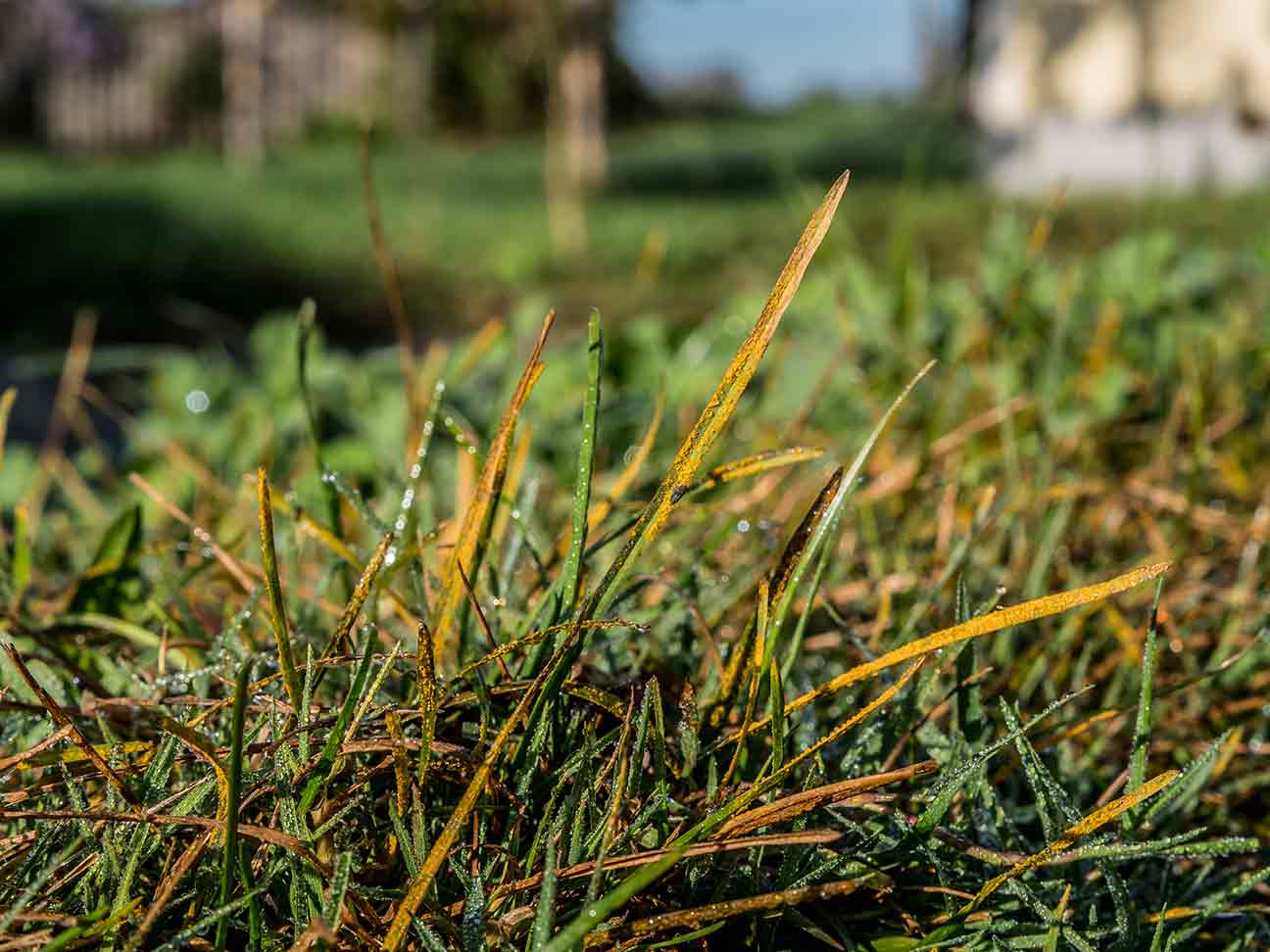
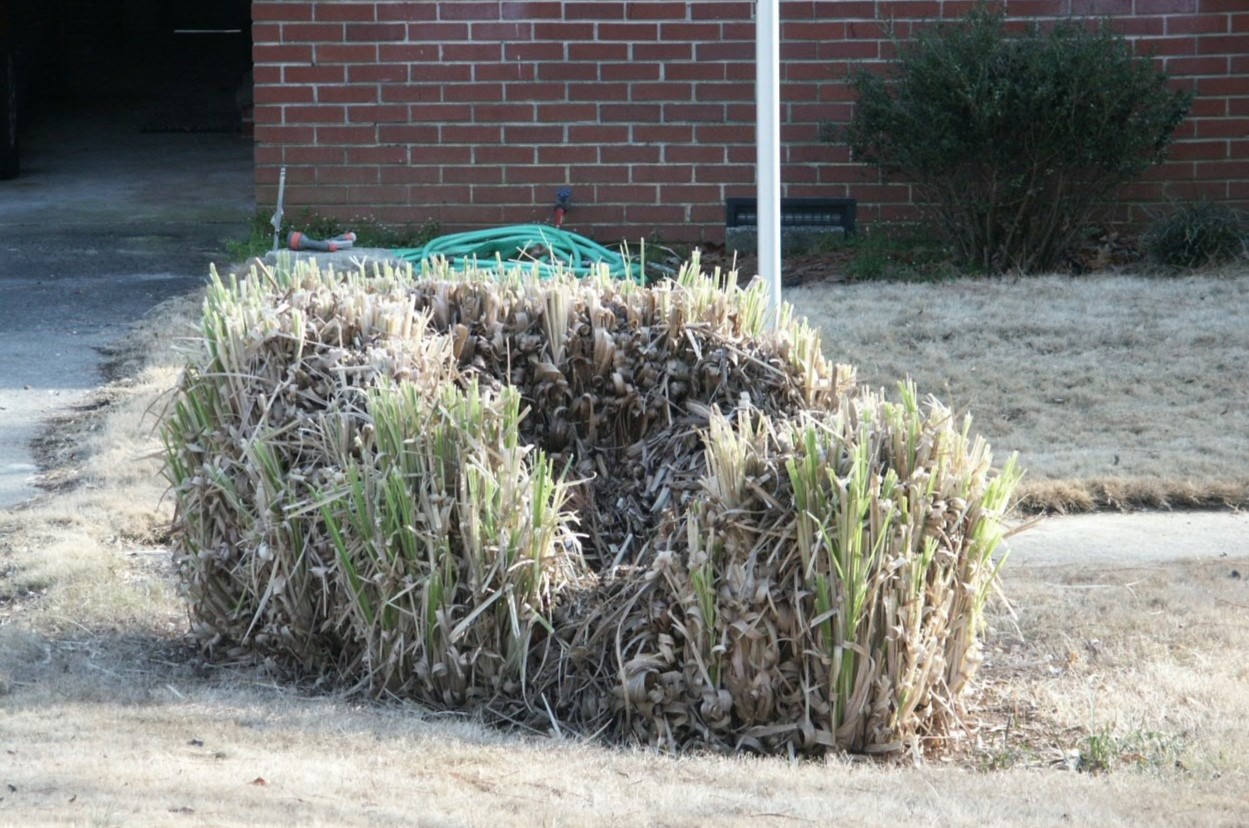
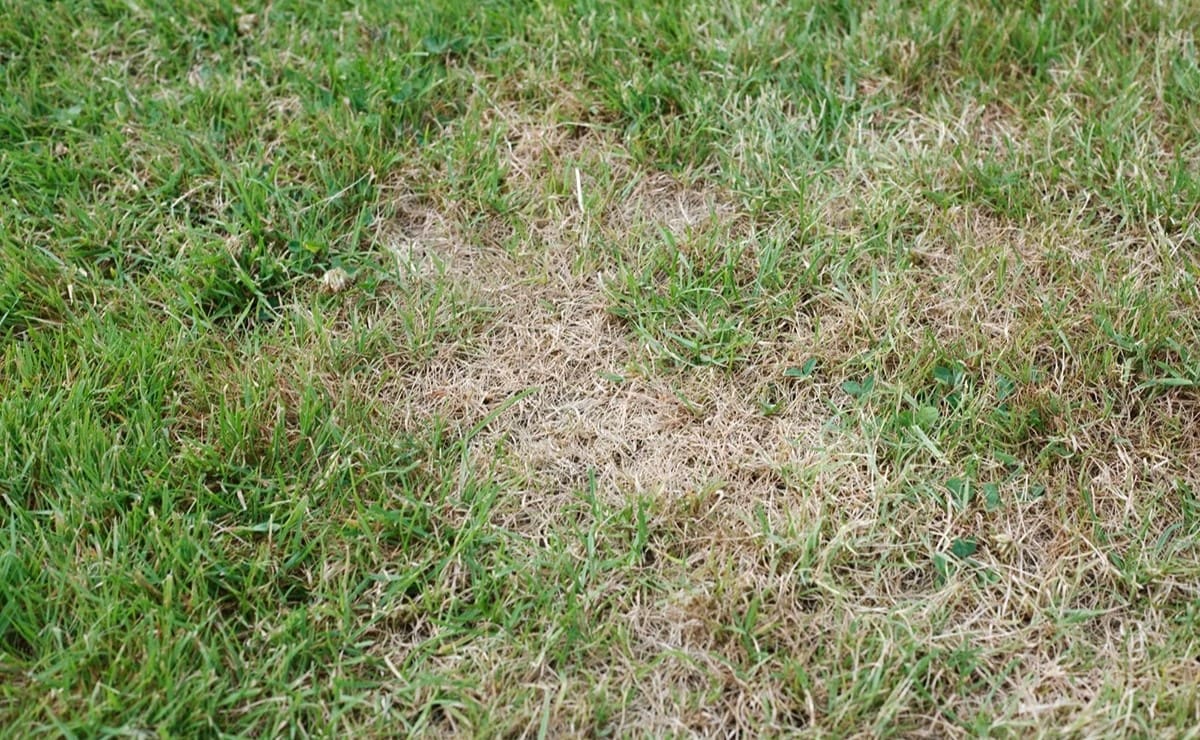

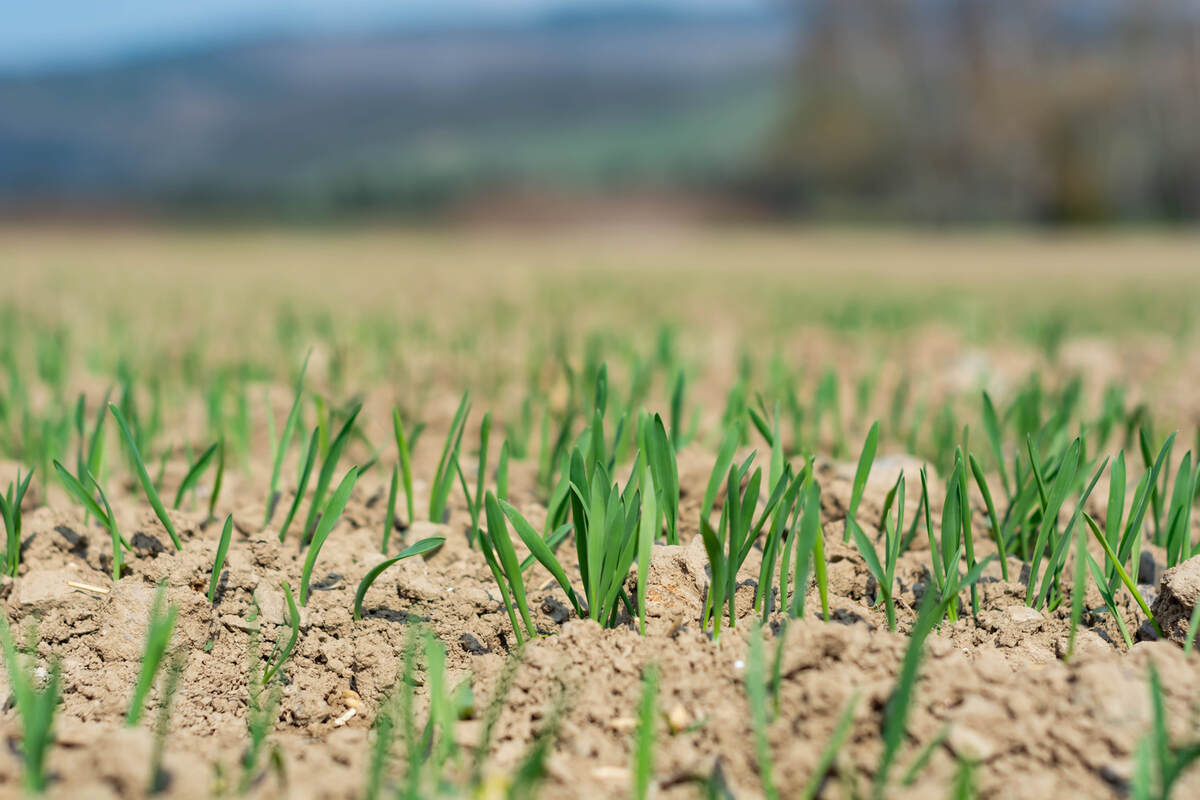
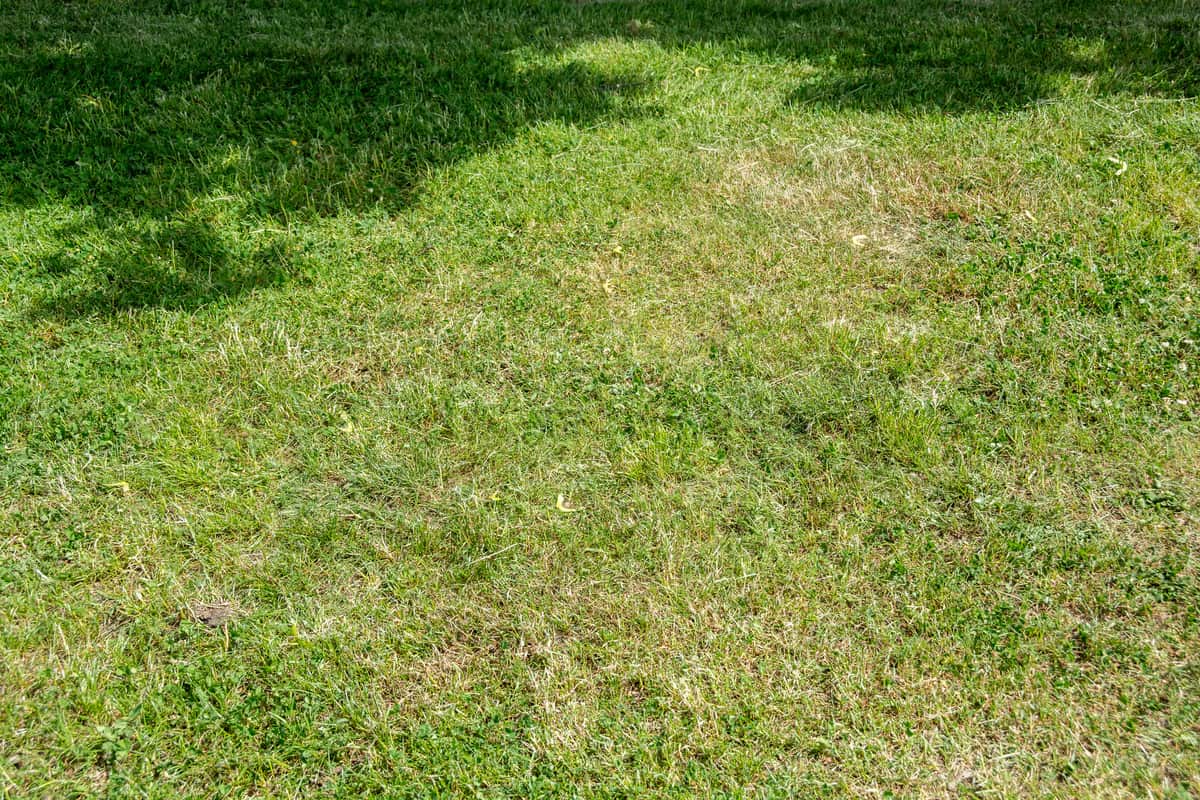
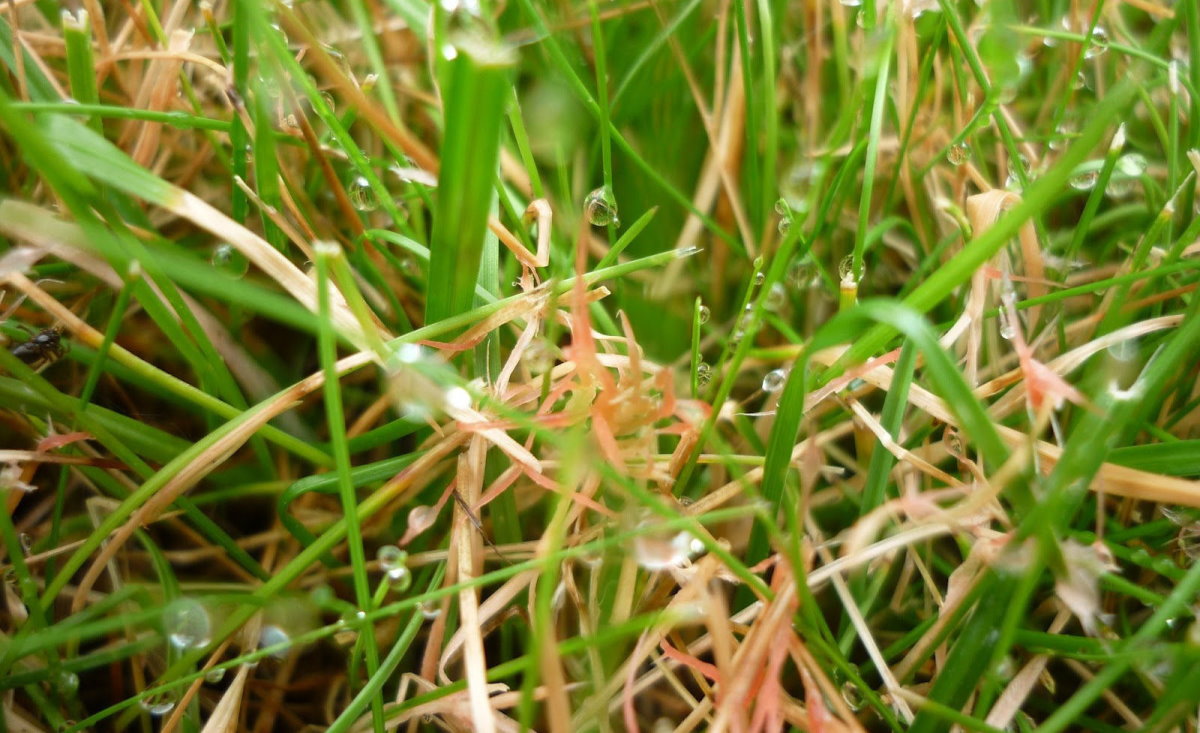
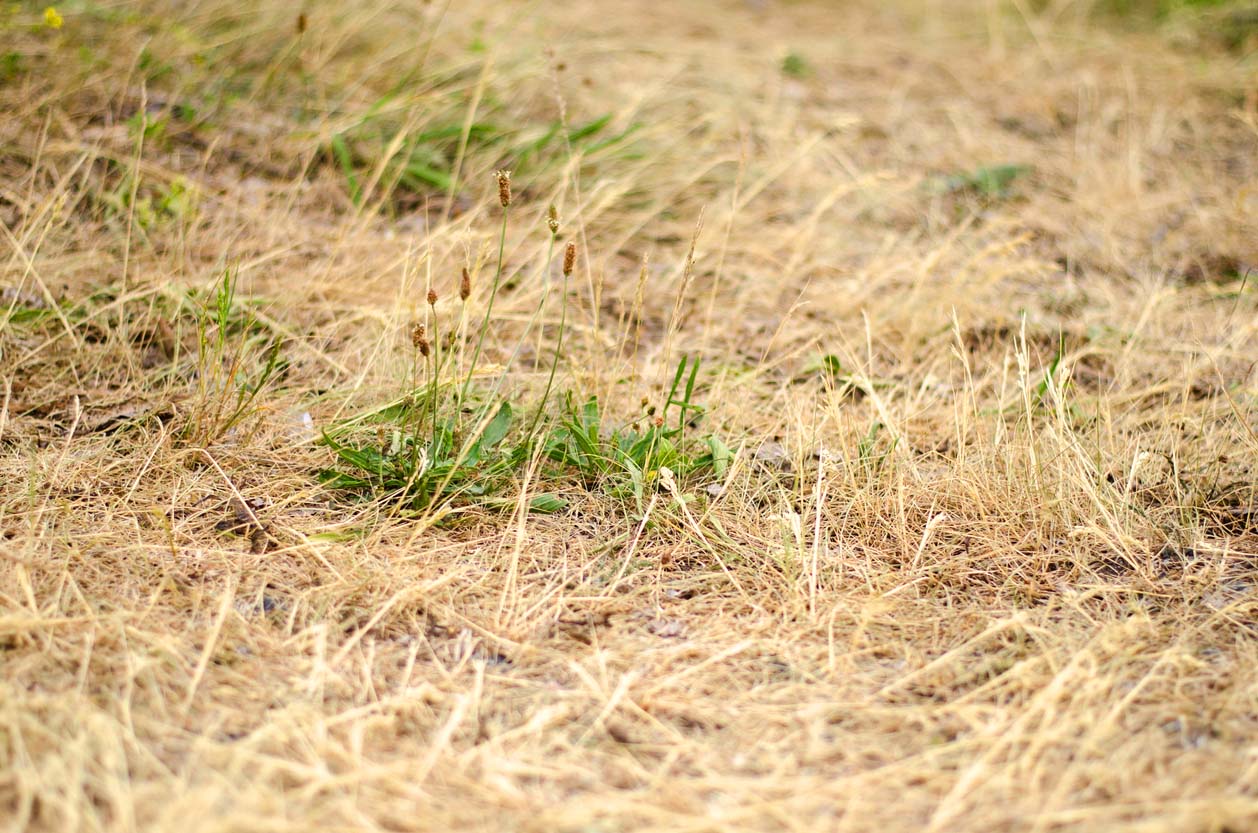
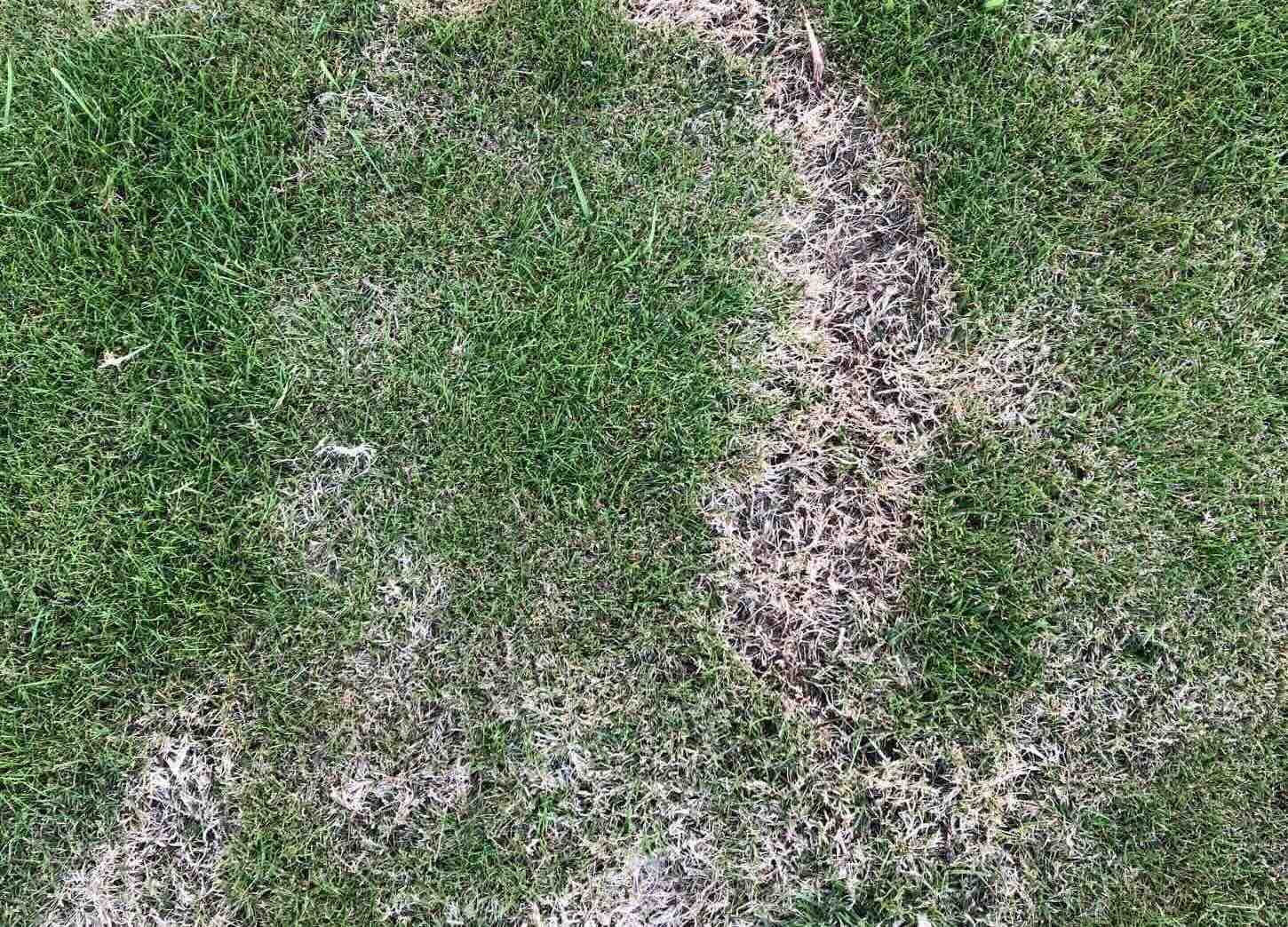
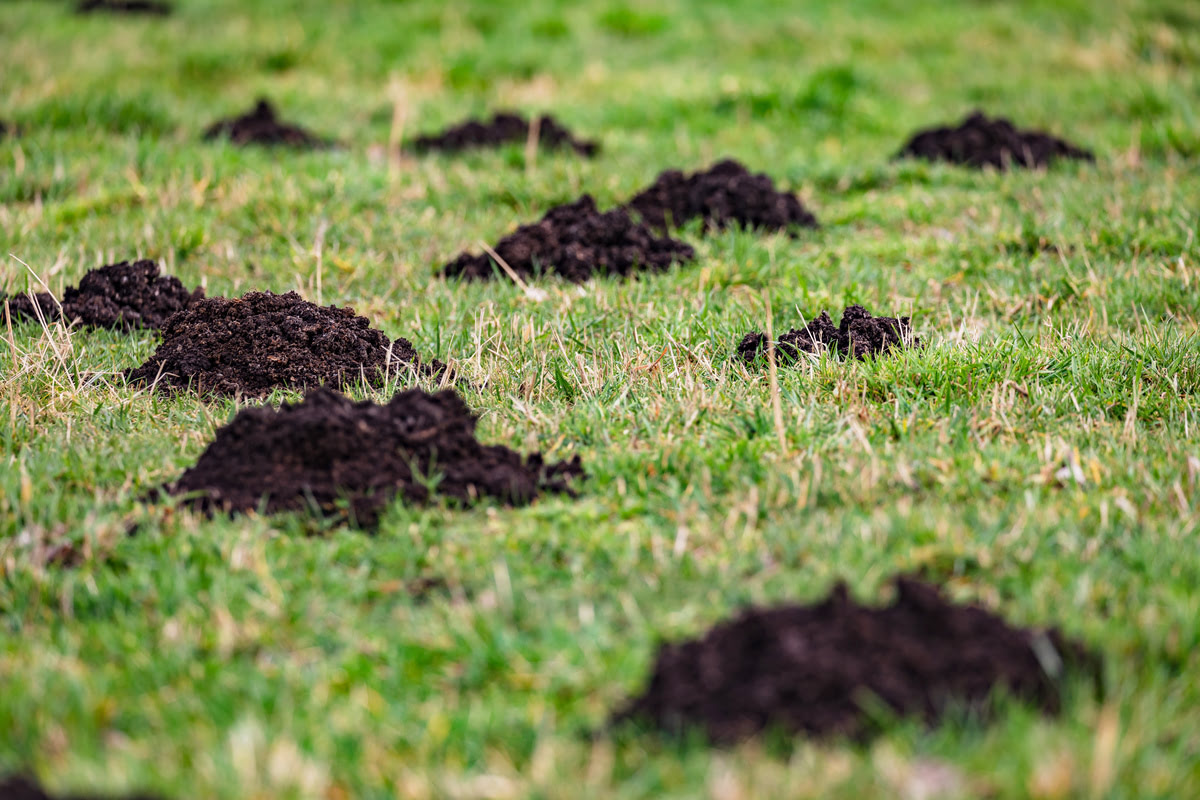
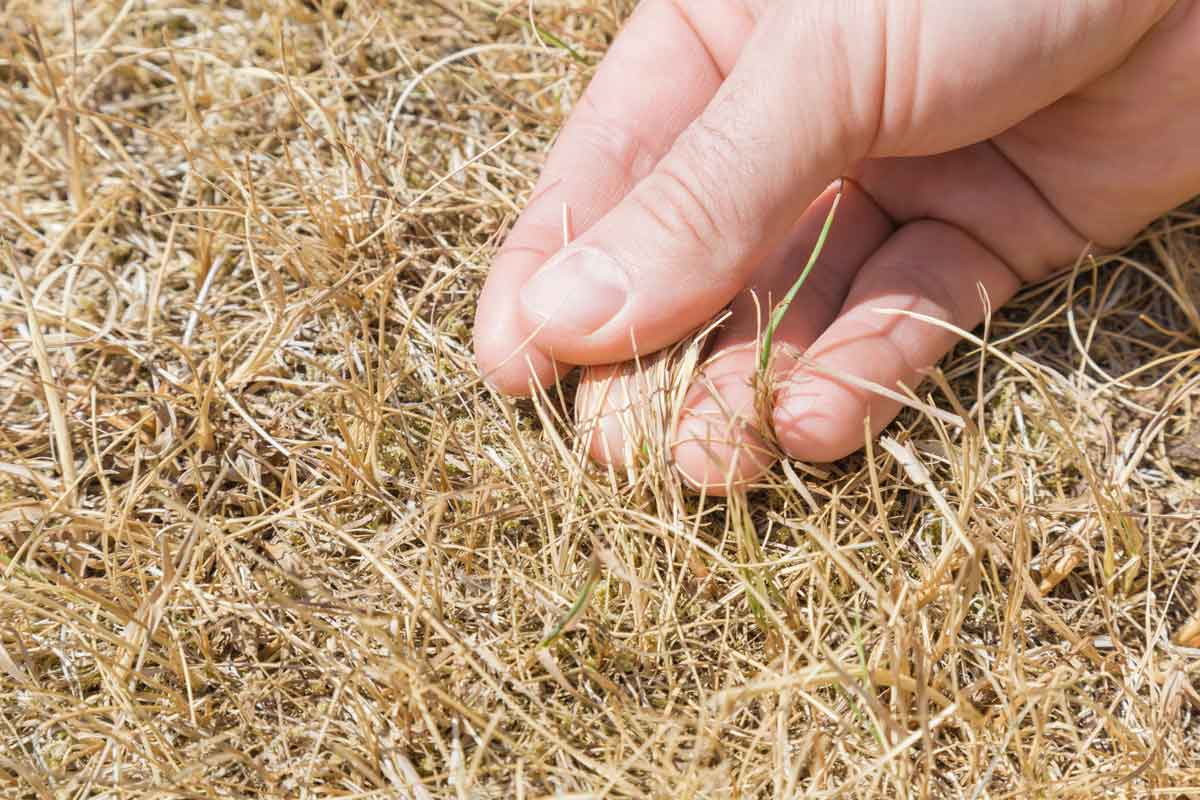
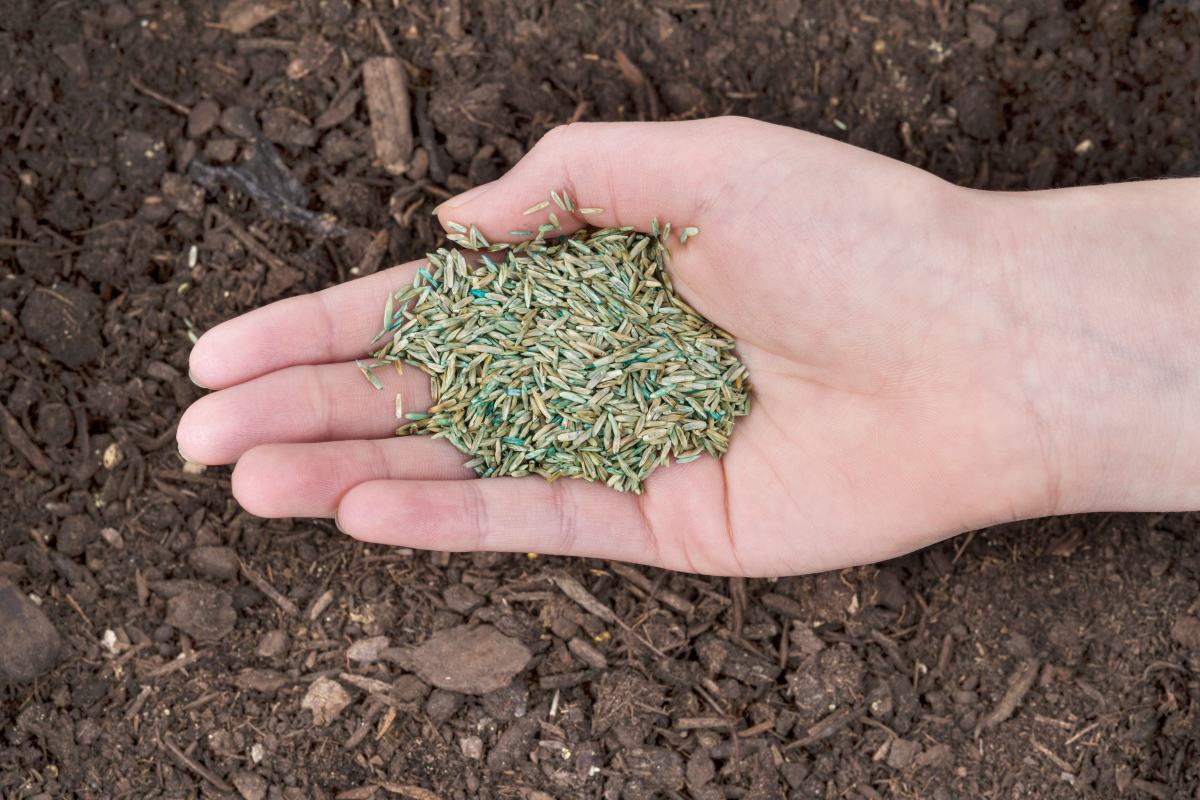
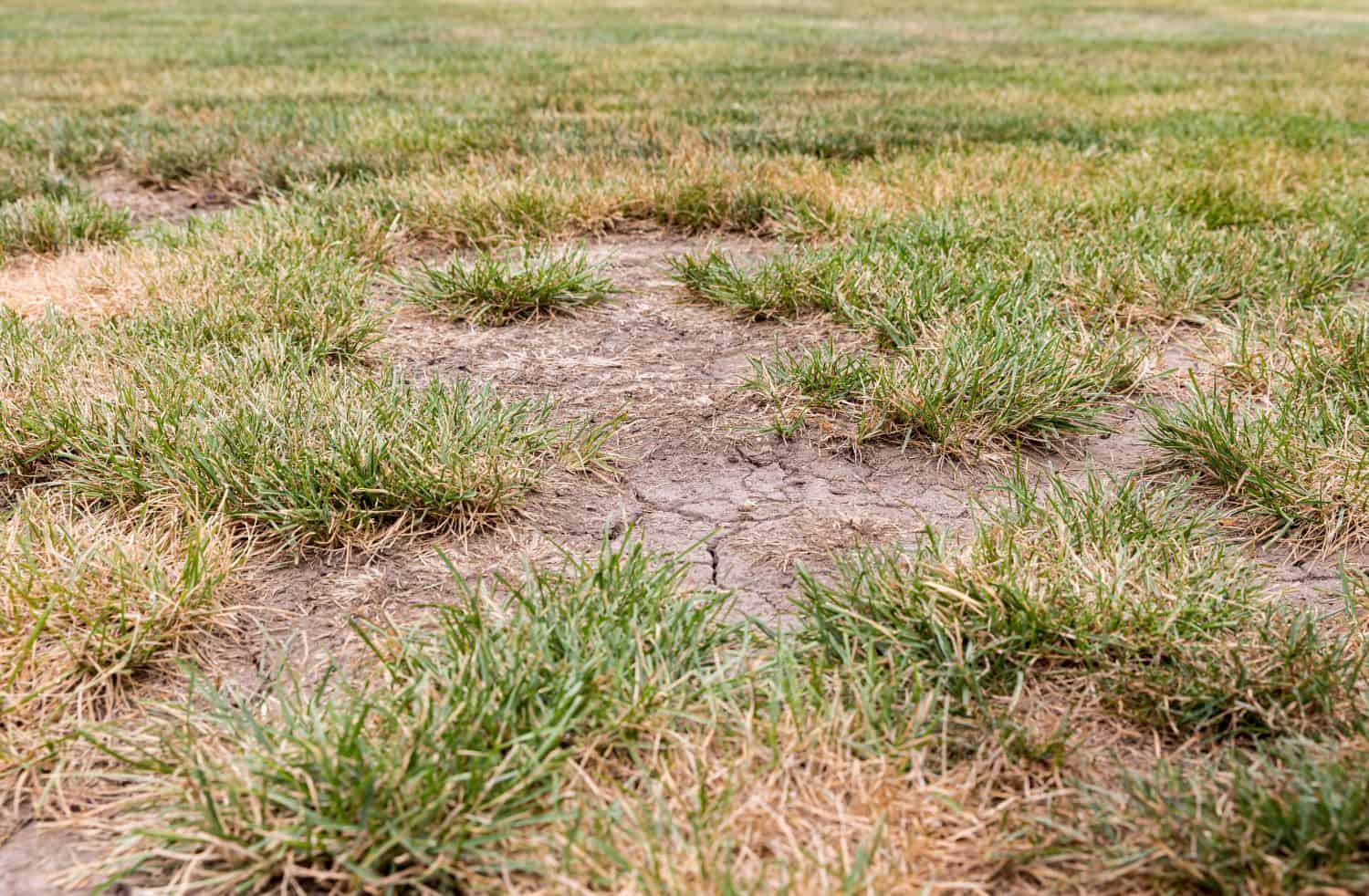

0 thoughts on “What Causes Dead Circles In Grass”